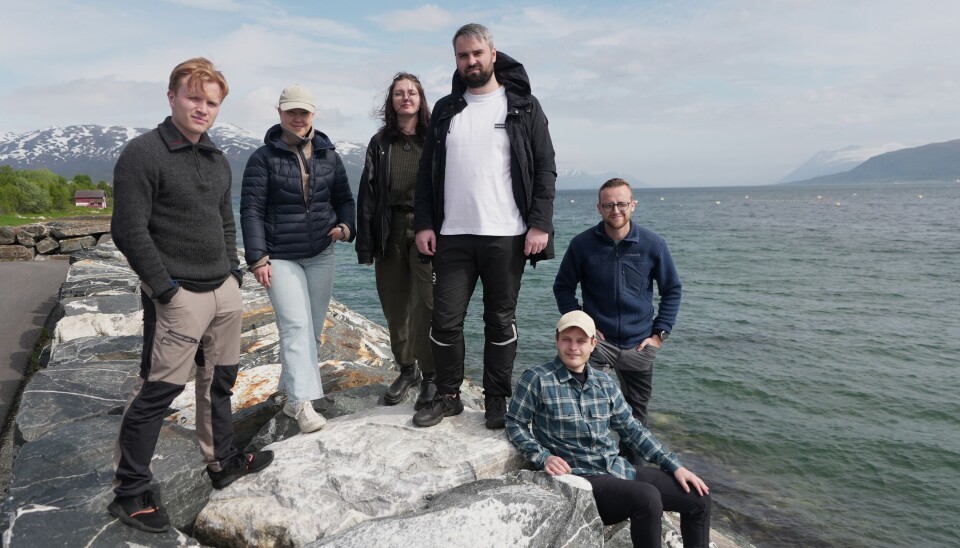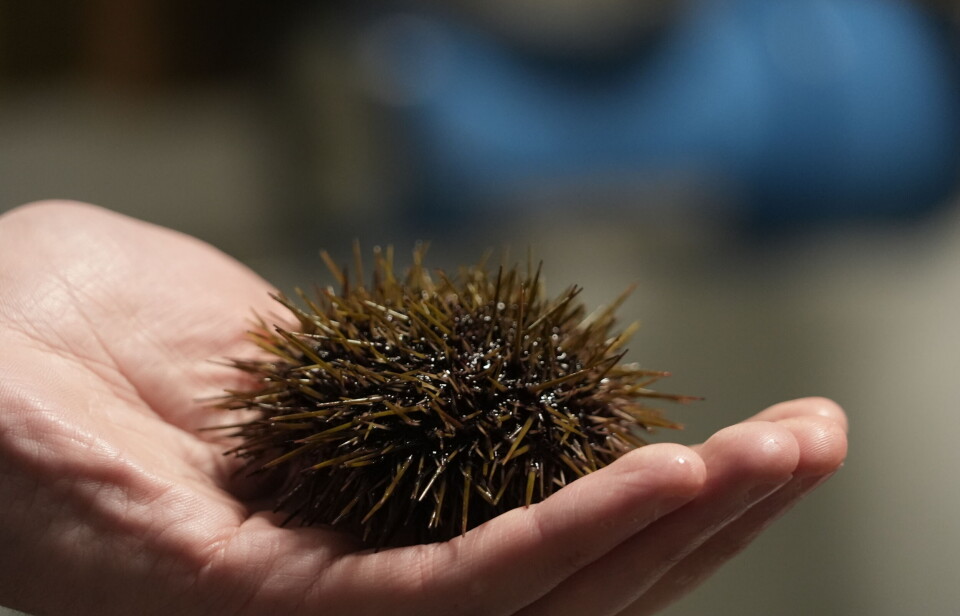
Sea urchins: From problem to resource
How a Tromsø-based start-up wants to utilise an unwanted marine species found along the Norwegian coast for fish feed.
What are these small, spiky creatures that can be found in oceans and on beaches around the world?
They are sea urchins, which have become unwanted in Norway in recent decades. The problem is that sea urchins are known for destroying kelp forests.
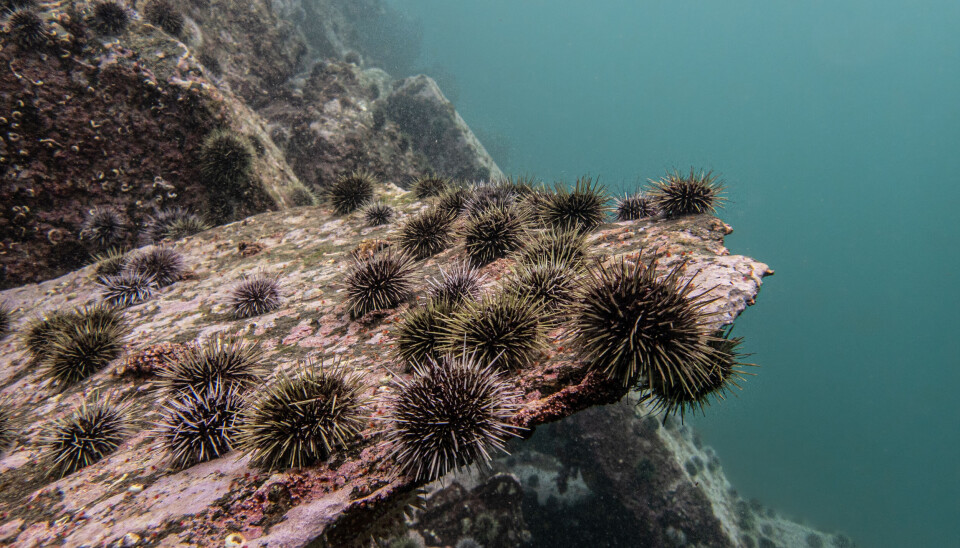
While the destruction of algae is helpful in some other countries, as it helps corals to grow, Norway, on the other hand, wants to keep algae in the ocean.
“Since the 1970s, an enormous area of 5,000 square kilometers along the coast of northern Norway has transformed from lush kelp forest to barren sea urchin desert”, - Norwegian environmental foundation Bellona writes on its website. “This has led to a significant loss of carbon storage and biodiversity, as well as a loss of 50,000 tons of large fish annually. The cause is human activity, primarily past overfishing of sea urchin predators like cod and wolffish.”
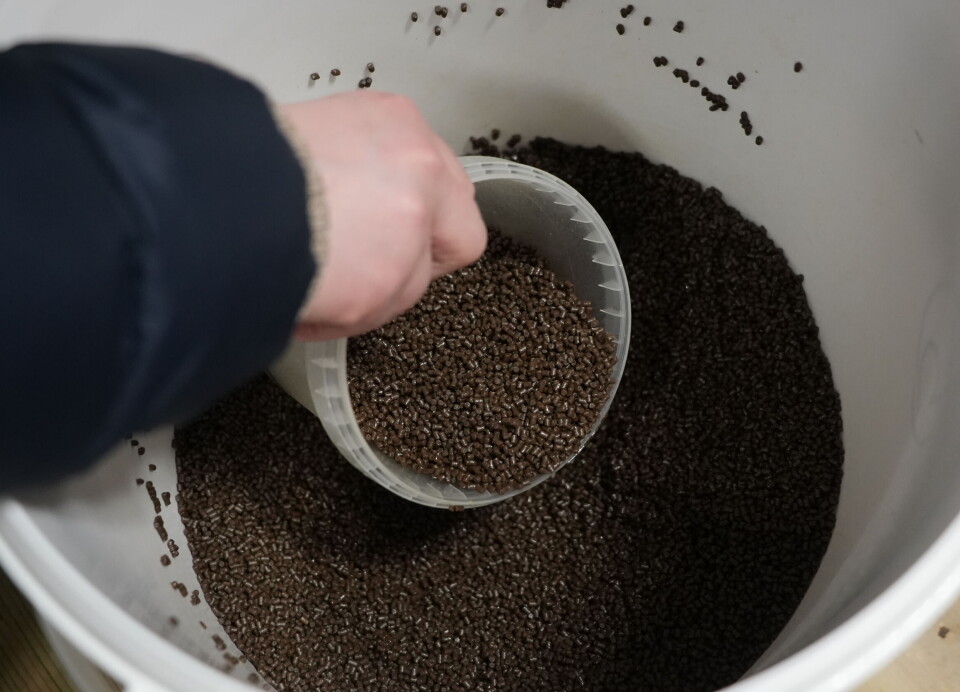
However, a small start-up company in northern Norway has decided to turn this enemy into a useful resource. They plan to produce fish food containing pulverised sea urchins.
"Here in the lab, we are testing the effects of feed containing sea urchins on fish, such as its impact on growth and gut health," Martin Oddekalv from Marine Spark X told the Barents Observer.

The company has been testing the feed for three months and has one more month to go. At the facility near Tromsø, the Arctic capital of Norway, there are six fish tanks. Four of these are used to feed young cod with feed containing sea urchins.
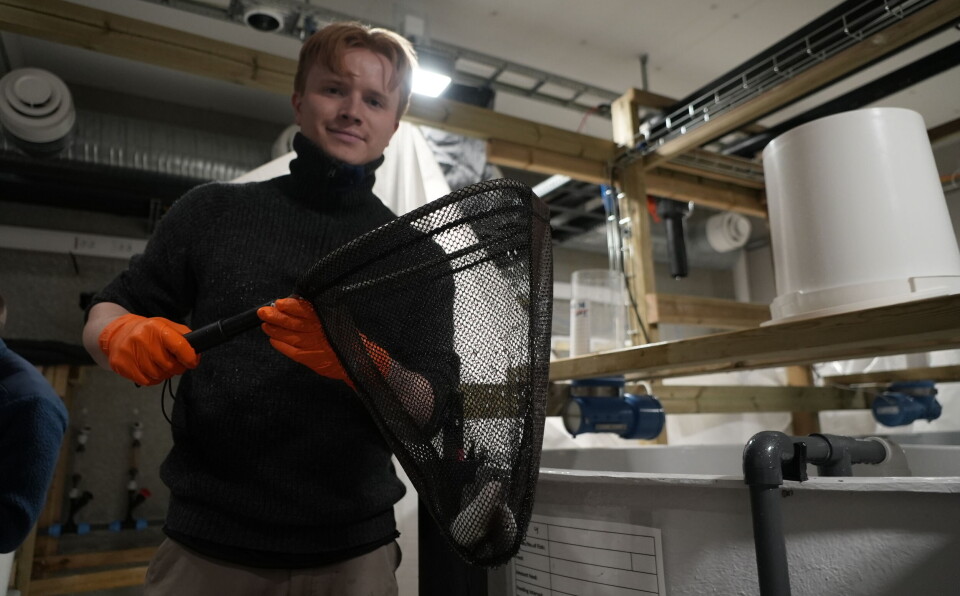
They plan to start a trial with farmed salmon in autumn.
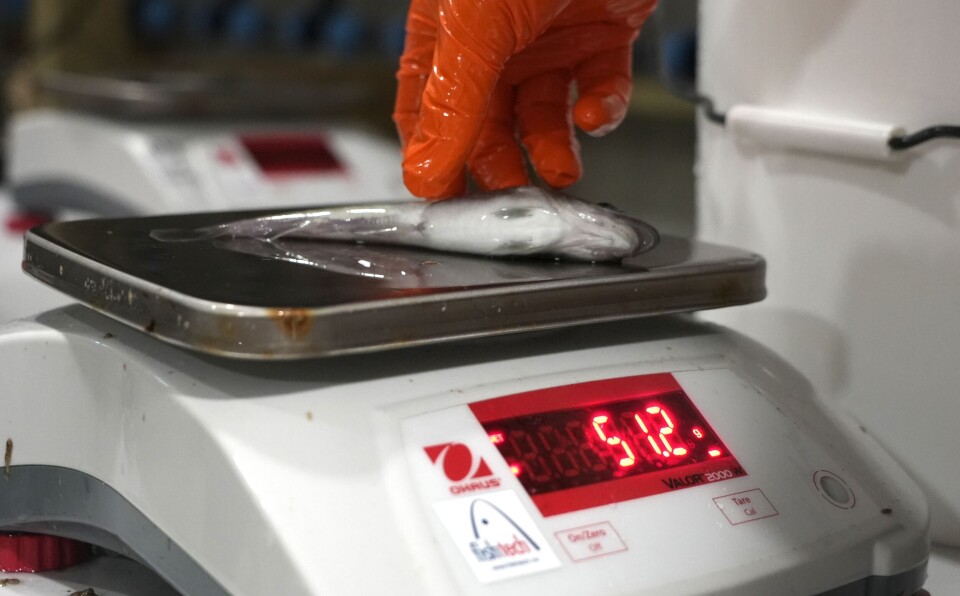
It is estimated that there are around 80 billion sea urchins along the entire Norwegian coast. Anyone is free to collect them, so the resource seems limitless.
"So far, it looks very promising – we can see that the new feed is good for the fish. In comparison, we recently found seven dead fish in the tank with normal feed and just one in the tank with sea urchin feed,” Martin Oddekalv from Marine Spark X told, standing next to a tank with cod.
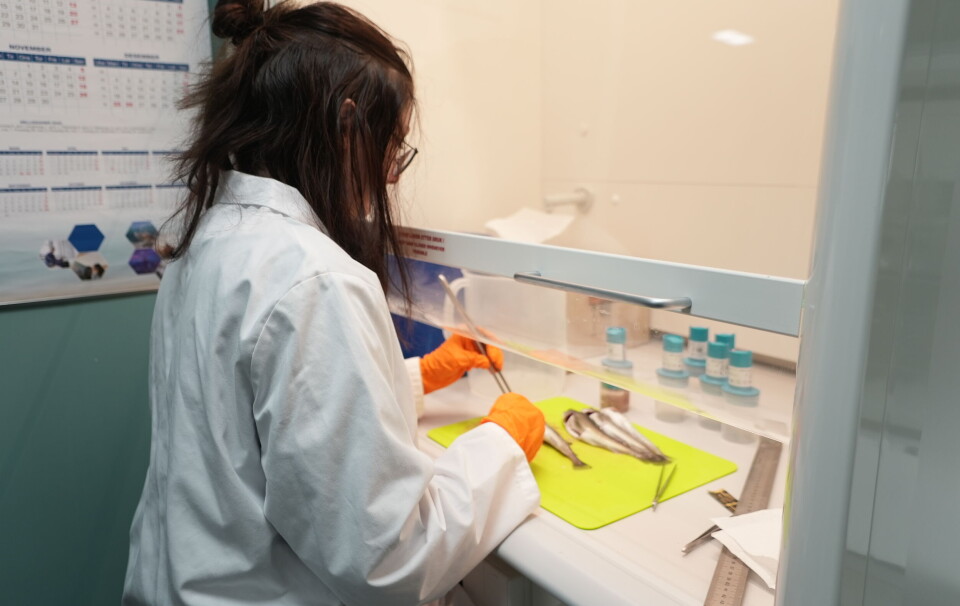
Martin emphasises that one of the main reasons for its success is that the sea urchins have anti-inflammatory properties, which are important for gut health in fish. They also contain high levels of calcium, potassium, and zinc, which are essential for fish.
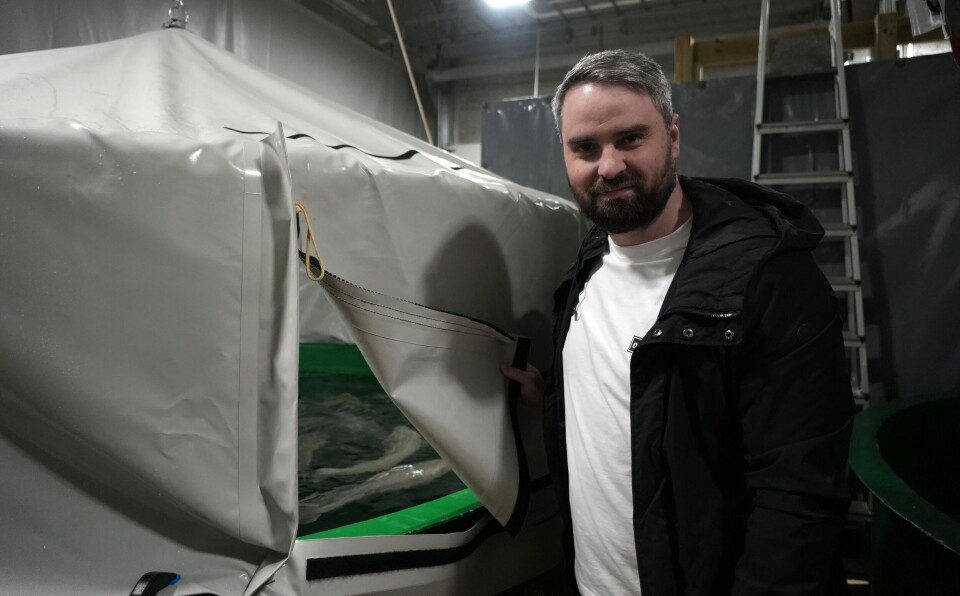
As the seafood industry is a significant contributor to Norway’s GDP, the feed could attract the attention of fish farmers in the area.
They explain that one of the major cod producers in northern Norway has expressed interest.
How is the feed produced?
"We use a grinder to crush the urchins into a slurry. Then we dry it and mill it down to a powder. Finally, we sell the sea urchin meal (powder) to feed producers and aquaculture farmers,” said Johan Armstrong Støver from the Marine Spark X.
The testing feed contains up to 10% powder.
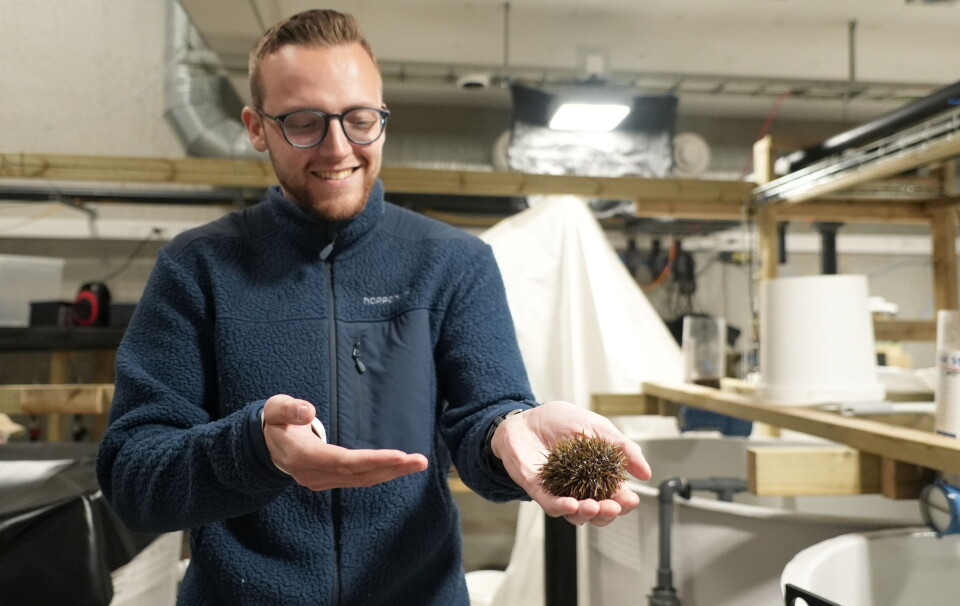
“Sea urchins are invertebrates. They have no spine and no sensory system. So there are no ethical issues with their production,” Johan adds.
He explains that the project has been funded by the government.
“We haven’t set the exact price for the feed. It depends on how good the final testing results are. We will know the price in the autumn,” Martin said.
“Fish are happy and that’s good. We want to change the perception of the sea urchins”, Johan Armstrong Støver from the Marine Spark X said, “We want to show that you can use them for something productive instead of just destroying them.”
